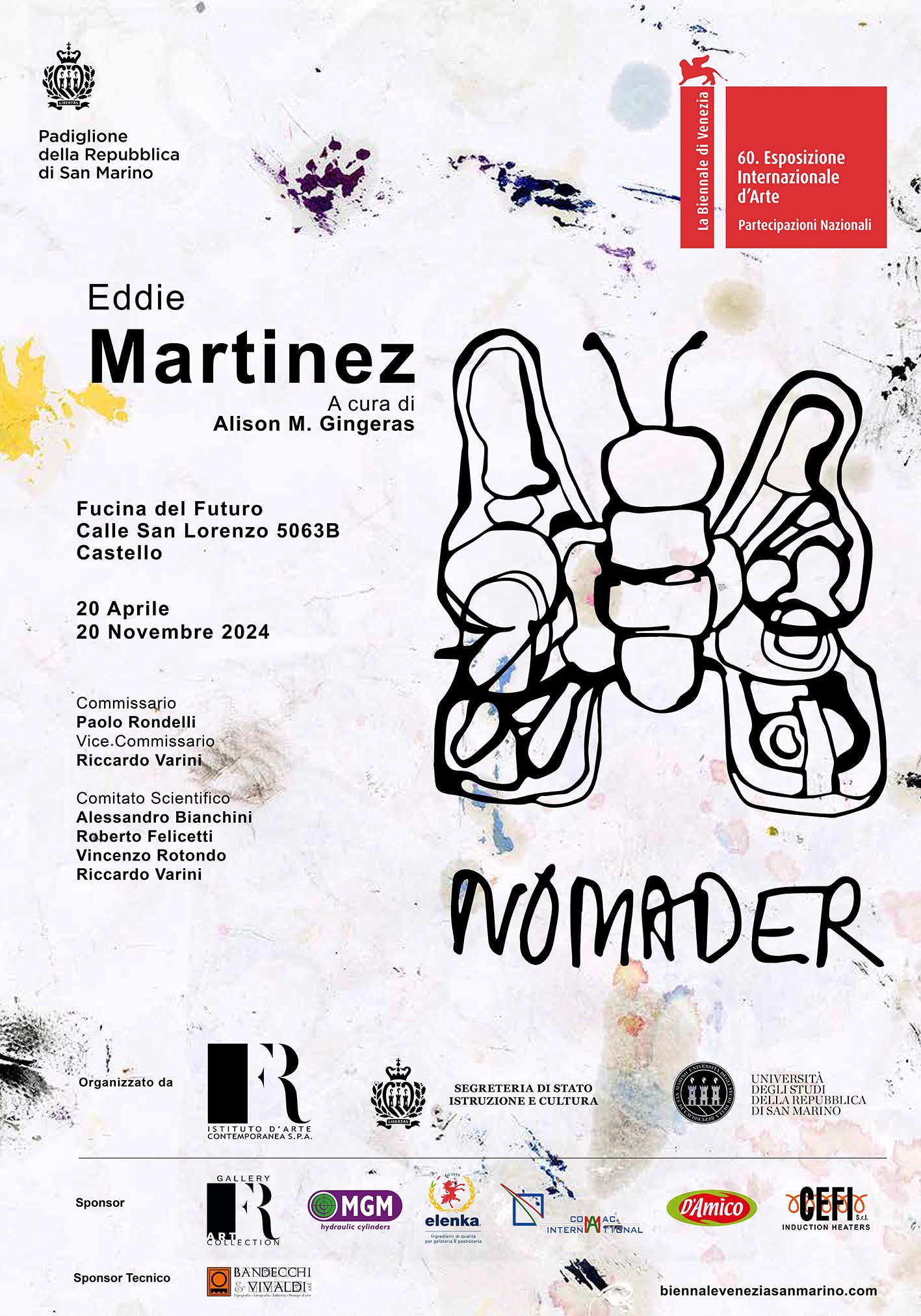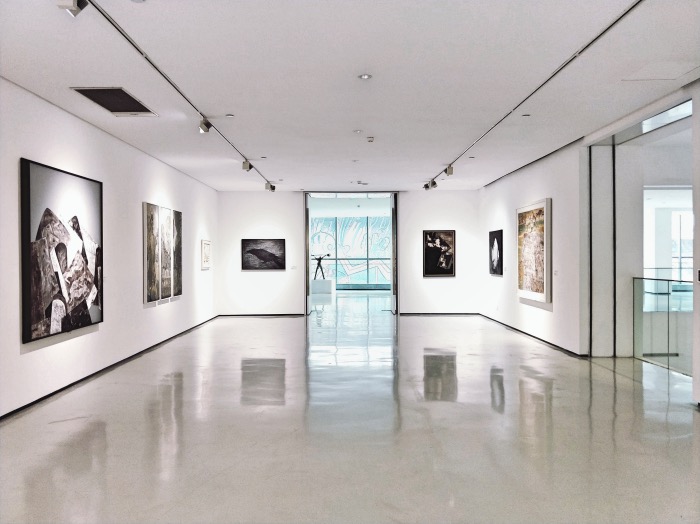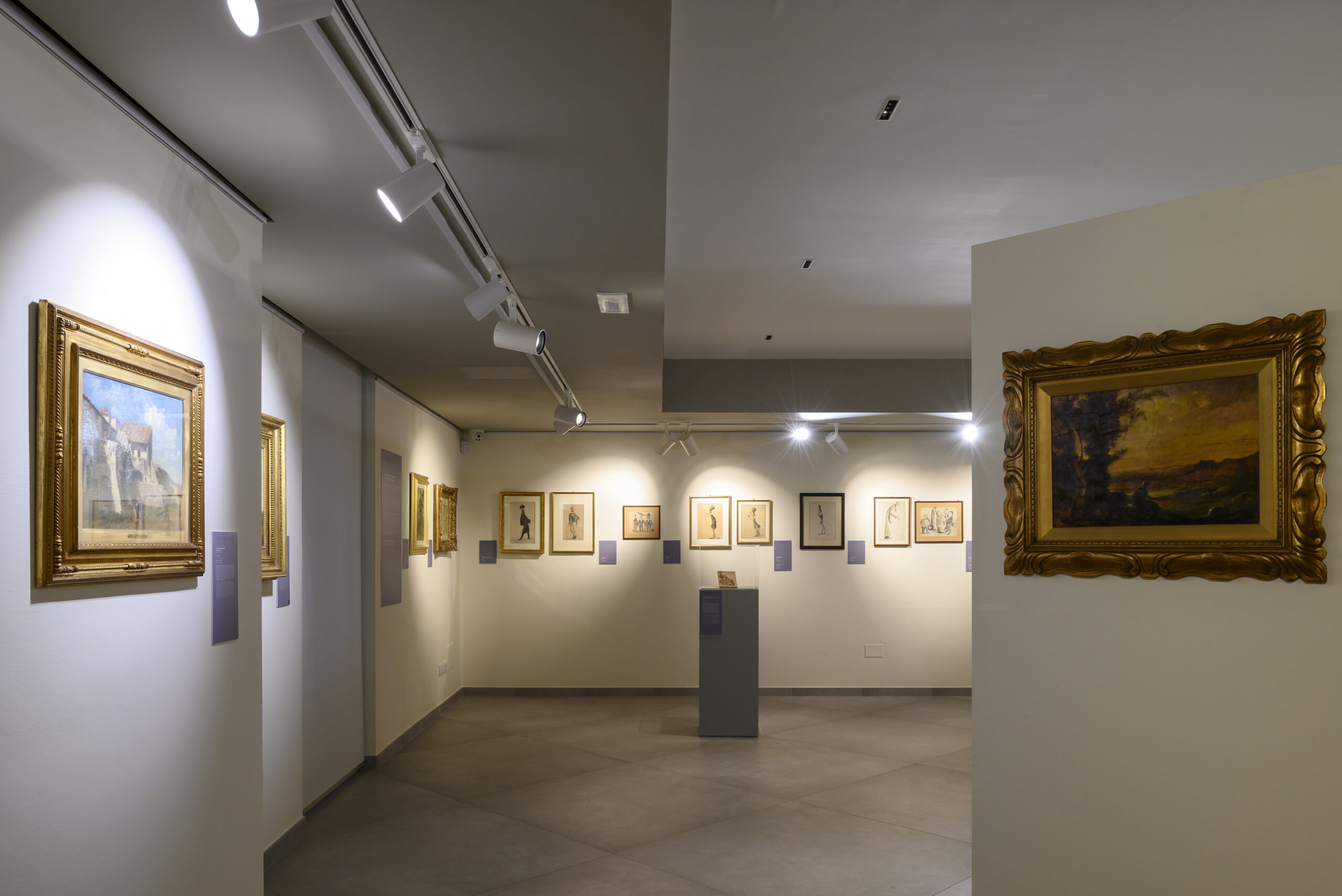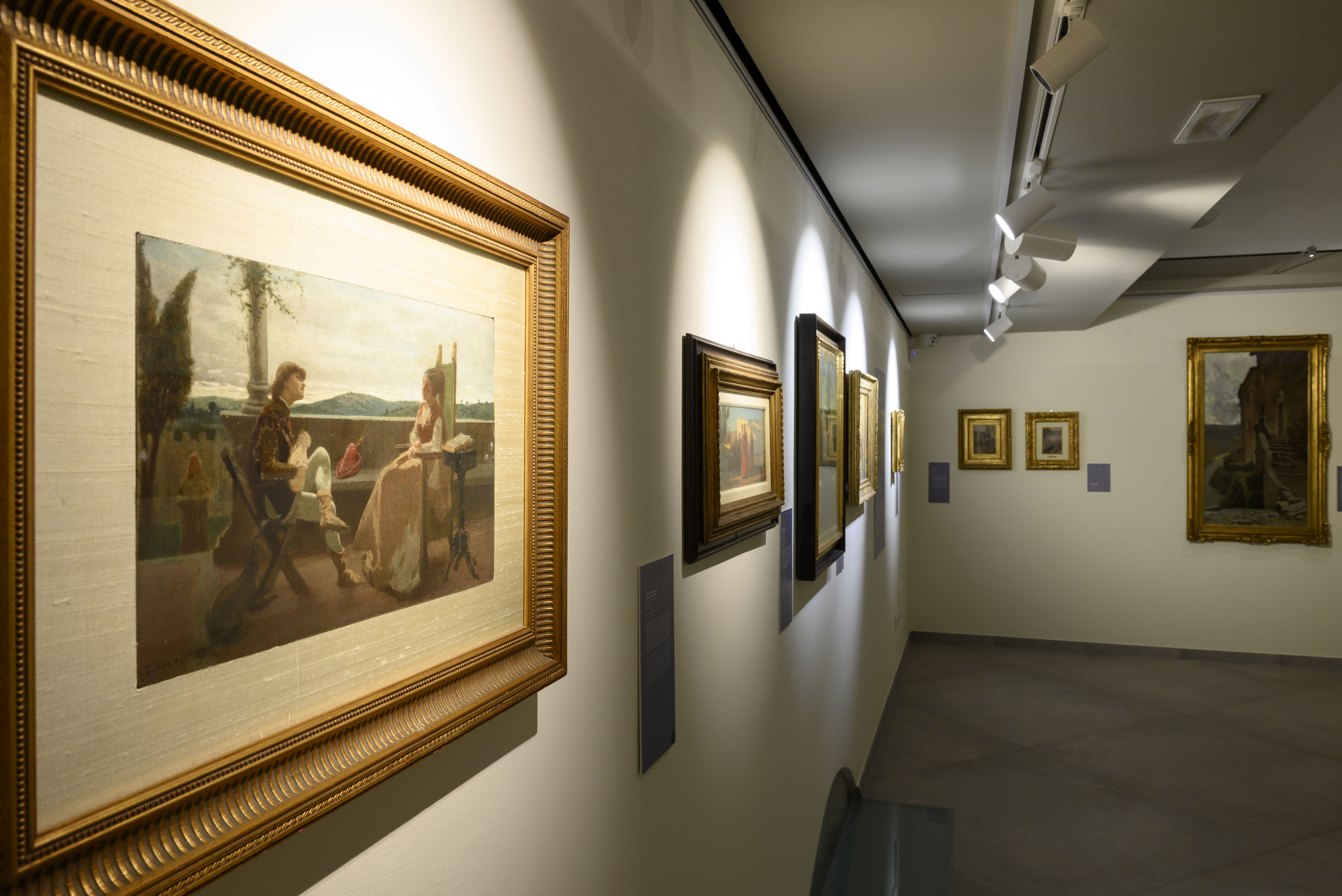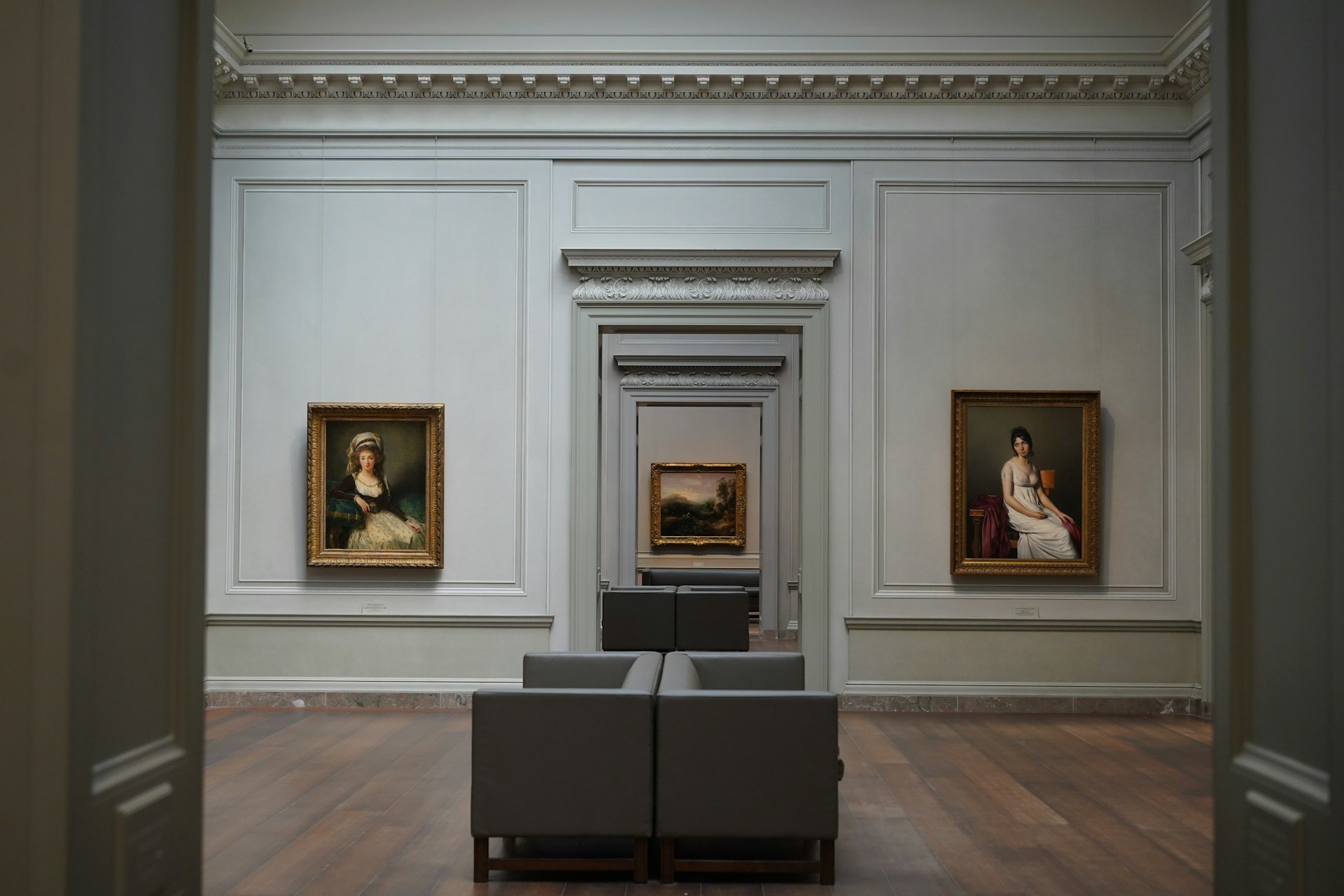
Preparati a immergerti nel mondo dell’arte a marzo! Preparati a fare un viaggio attraverso il sublime, il provocatorio e l’intrigante, mentre esploriamo le opere che renderanno questo mese favoloso per gli amanti dell’arte.
In questo post ti guiderò attraverso le mostre imperdibili, offrendoti uno sguardo privilegiato sul panorama artistico del momento. È il momento di lasciarsi ispirare e di scoprire le meraviglie che solo l’arte può offrire.
Ho selezionato le 5 mostre da vedere a Marzo nel 2024 in Italia, che ti soprenderanno.
Preparati a essere trasportato in un mondo fatto solo di bellezza.


